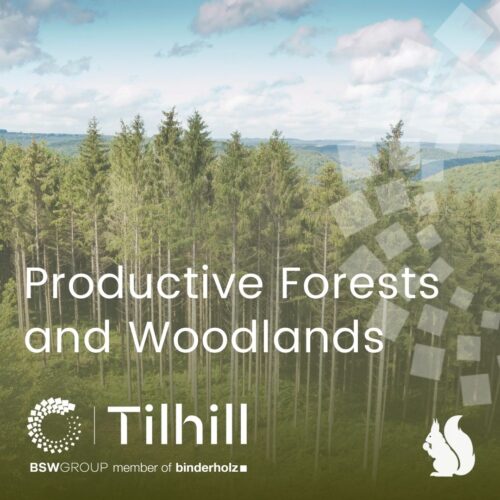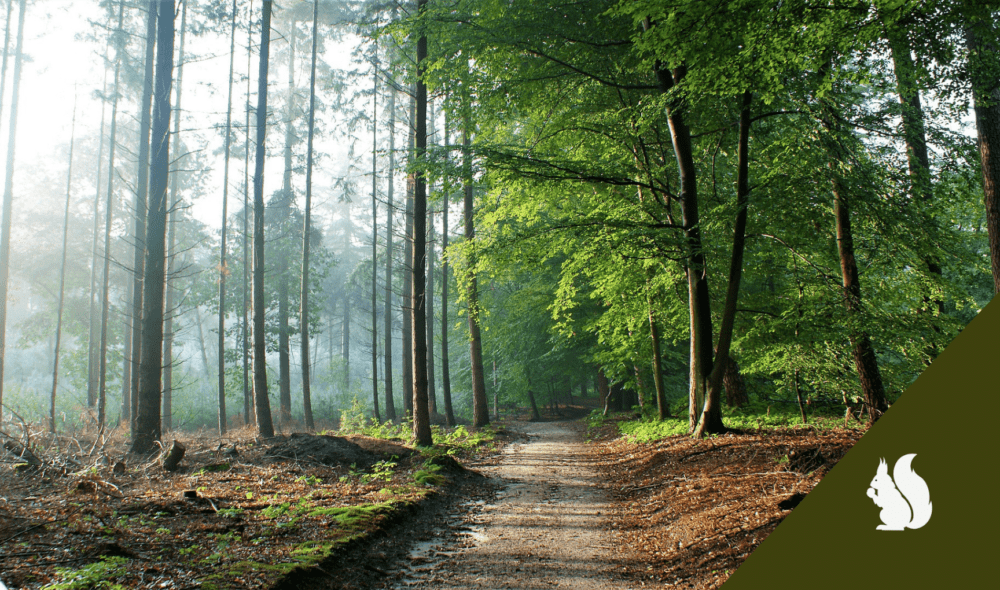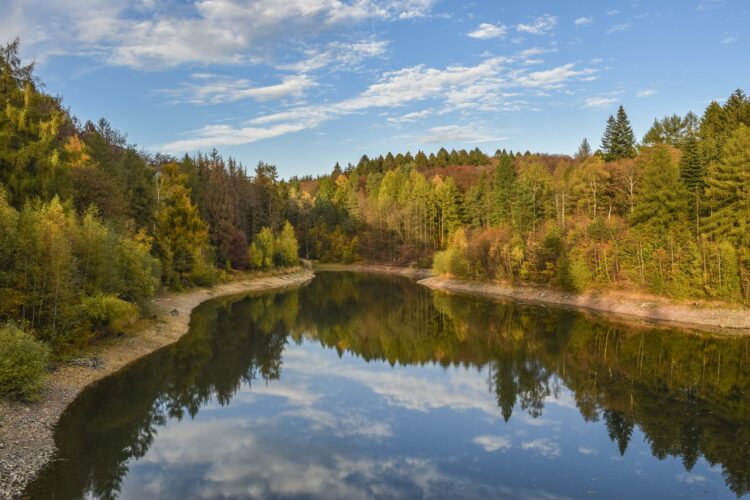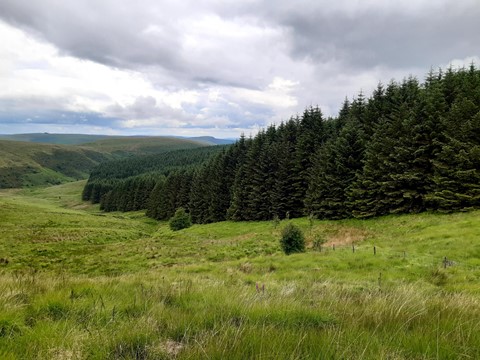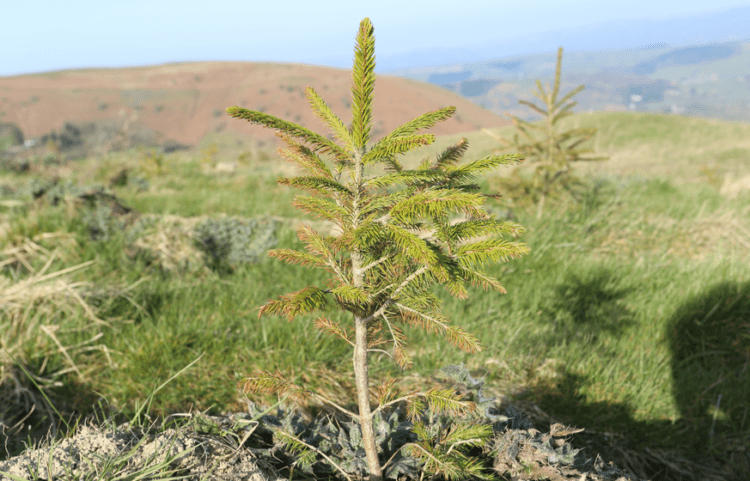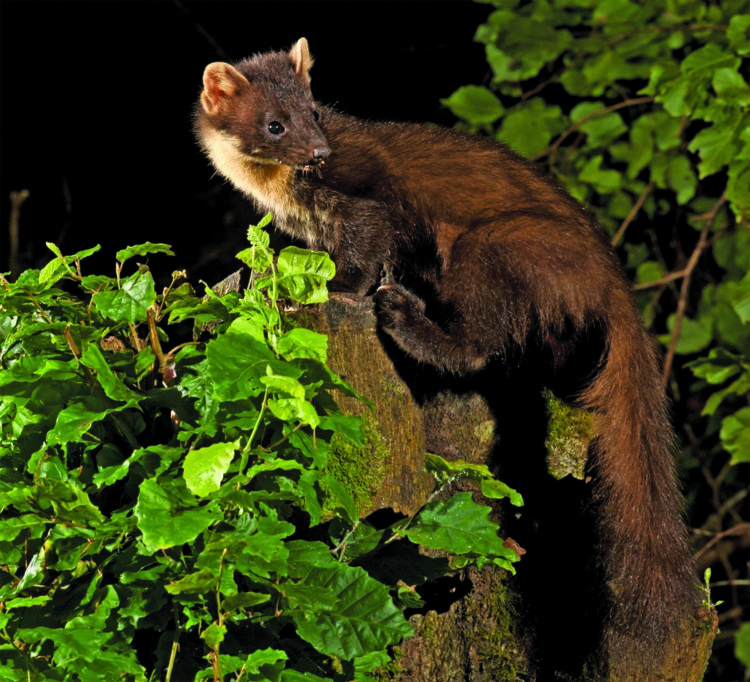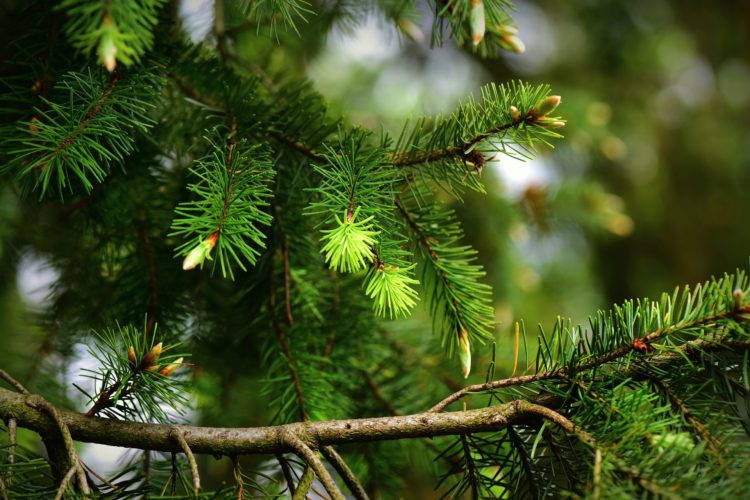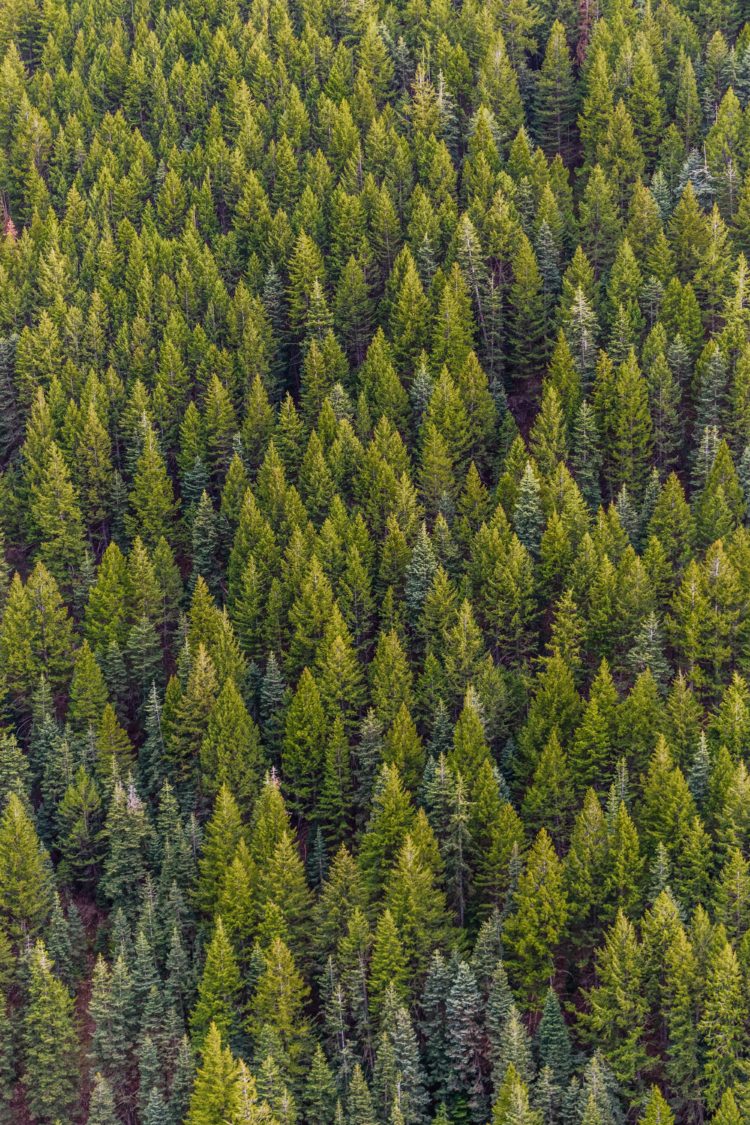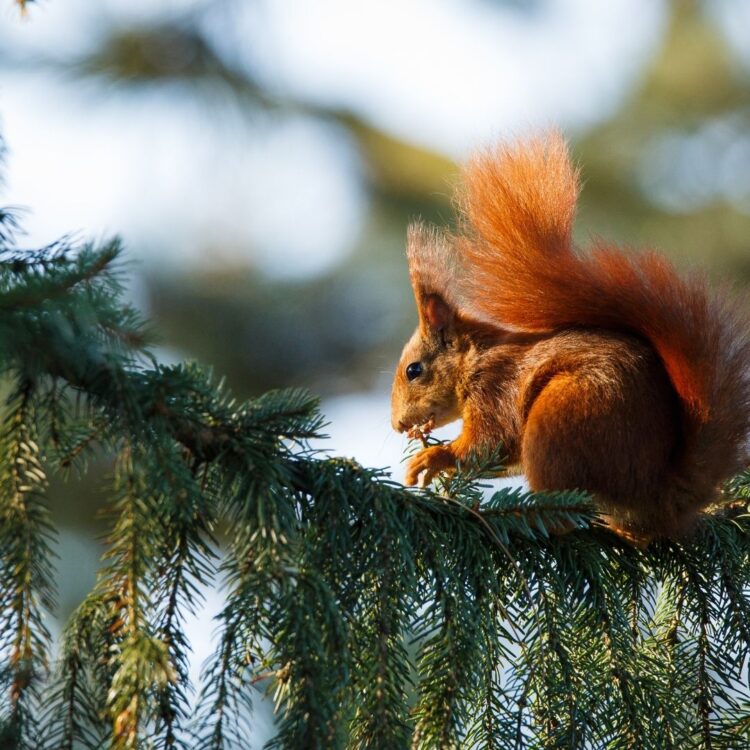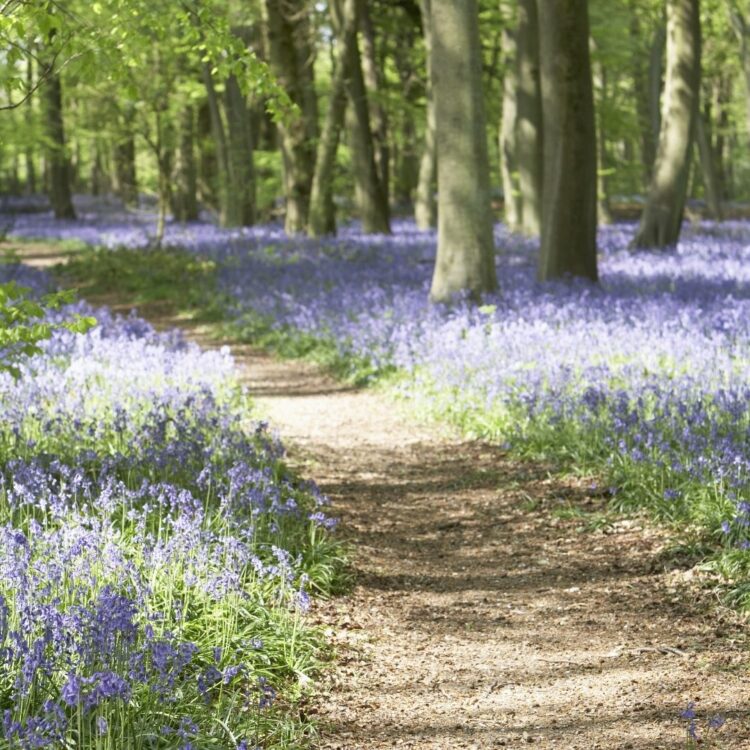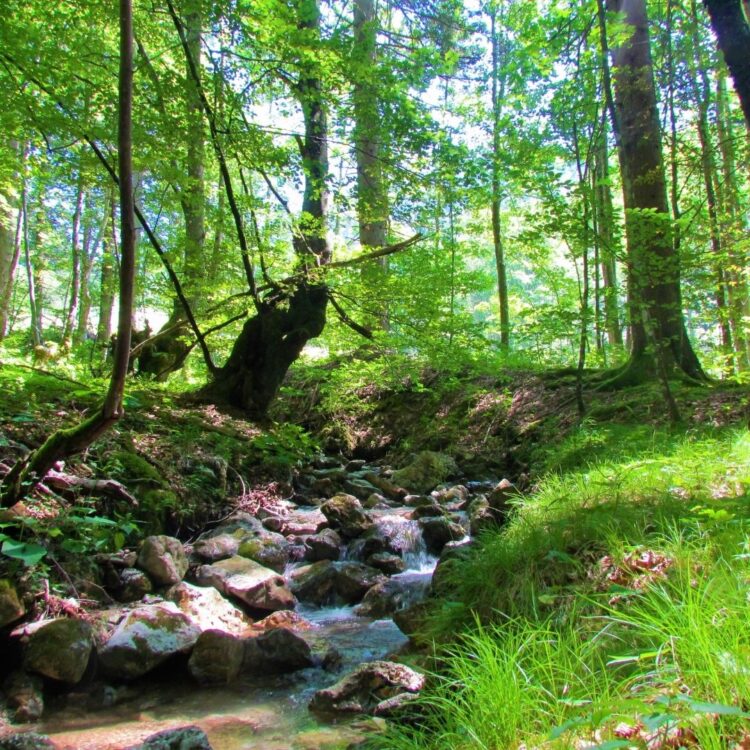This website uses cookies so that we can provide you with the best user experience possible. Cookie information is stored in your browser and performs functions such as recognising you when you return to our website and helping our team to understand which sections of the website you find most interesting and useful.
Where have we been?
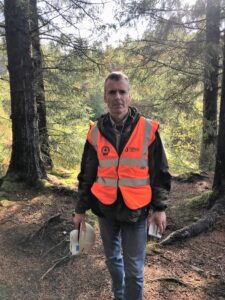 Productive forests have and continue to divide public opinion. No more so than in the mid-1980s during the depths of the Flow Country debate where arguments over forestry versus conservation raged and which still resonates to this day. At the time, I worked for the Nature Conservancy Council (NCC) with the debate so polarised that productive forestry was seen as the enemy of nature conservation. The two were considered completely incompatible.
Productive forests have and continue to divide public opinion. No more so than in the mid-1980s during the depths of the Flow Country debate where arguments over forestry versus conservation raged and which still resonates to this day. At the time, I worked for the Nature Conservancy Council (NCC) with the debate so polarised that productive forestry was seen as the enemy of nature conservation. The two were considered completely incompatible.
Taking something so green and sustainable and turning it into a nature conservation threat coloured my formative career.
Planting on peatland wasn‘t the only concern, with lowland heath, species-rich grassland, native woodland and limestone pavement also at risk as the forest industry sought to secure a strategic resource. At the other end of the land use spectrum, the NCC were busy surveying and selecting a suite of Sites of Special Scientific Interest across the UK to afford statutory protection under the Wildlife and Countryside Act 1981. Two approaches at the extreme poles of land use, with mistrust and misunderstanding framing any debate between the two.
But things slowly and inexorably change. If someone had told me that before the end of the 20th Century, I’d be working for a commercial forestry company I would have laughed, told them the idea was risible and their grasp on reality was tenuous. But by 1999 this is where I found myself – an ecologist with Tilhill. At the time, many said it was gamekeeper turned poacher or, if less kind, that I was selling out. Time alone would tell.
However, I was not the first ecologist at Tilhill. I replaced the late Baxter Cooper on his retirement. He was a man of high ecological standards and integrity with the burden of his legacy heavy on my shoulders to this day. I had met Baxter sometime in the mid-1990s while working for the successor agency to NCC, Scottish Natural Heritage (SNH). The dialogue here was not one of mistrust or misunderstanding but one of mutual respect. It showed me the possibility that in the ‘forestry versus nature conservation debate’ ‘there was perhaps more uniting than dividing us. A number of shifts had also allowed this possibility to develop in my mind – the Broadleaves Policy of 1985 ended the conversion or ‘enrichment’ planting by conifers of native woodlands while Nigel Lawson’s budget of 1988 (for good or bad) put a stop to large-scale afforestation in the Flow Country. I was perhaps changing too with the realisation that more could be achieved by pragmatism than purism.
Where are we now?
Much like the Beatles, some things are of their time – where circumstances align in a series of random events. We find ourselves in a time of climate and biodiversity crises. The two, of course, are intertwined and inseparable but we so happen to be in an industry that might just have one of the answers but not “the” answer.
Woodland creation is firmly on the climate change agenda given its capacity to sequester and store carbon. Scottish Government, in particular, sees the benefits of woodland creation and, throughout the UK, there was much talk at the last election of the benefits of tree planting across the political spectrum.
Targets in Scotland are set to increase the woodland resource by 12,000 ha per annum rising to 18,000 ha per annum by 2025. These targets must be delivered in a way that guards against inadvertently revisiting the Flow Country days by ensuring we mitigate our operations to limit biodiversity loss. Good self-regulation, guidance and high standards will hopefully prevent us from repeating the mistakes of the past. It is with good reason that we survey and assess all new woodland creation projects, the results of which inform the iterative design process. Much time is committed to protecting sensitive habitats and bird areas in consultation with a range of organisations. New tools also allow us to assign values to what we are creating. We have just completed a Natural Capital Assessment for a woodland creation project where the value of the timber at today’s prices is worth £2M while the value of carbon sequestration is £47M – carbon values account for over 20 times the value of timber harvested from the site. Add in the other natural capital assets, such as improved public access and improved catchment resilience, and the non-timbers values increase even further. The trick for the industry is to effectively communicate these values as widely as possible.
This scepticism to woodland creation divides public opinion as much now as it did then. Resistance to change is a key factor here as well as the shifting baseline syndrome which means one’s view of the countryside are set in childhood which, for many, means that the hills should remain open and unsullied by woodland. However, as the great ecologist Aldo Leopold noted: “One of the penalties of an ecological education is that one lives alone in a world of wounds. Much of the damage inflicted on land is quite invisible to laymen”. The wounds here are the long-term grazing impacts as well as drainage and burning resulting in what George Monbiot calls a “slow-burn ecological disaster”. The industry can also supply one of the answers here too.
Experience of the larger woodland creation projects over the past decade or more show that, on average, a 1000 ha estate may deliver 500 ha to 600 ha of mixed woodland once unplantable land, deep peat, and sensitive habitats are excluded. This means considerable scope for rewilding the unplanted land and addressing the ‘wounds’ alluded to by Leopold. Allowing land to self-determine is a key tenet of rewilding whereby plants and shrubs flower and set seed for the first time in a generation released from the impact of sheep grazing. This process will underpin an ecological recovery providing food and structure to a range of species. In some areas, we are pursuing peatland restoration by a programme of blocking historic agricultural drains – ecological and hydrological restoration aiding further the carbon benefits of the woodland itself.
And what of the existing timber resource? Not the ecological desert as some would have you believe. Much time over the past 20 years or so has been spent ensuring our management minimises adverse impacts on the species that live there – Golden Eagle, White-tailed Eagle, Goshawk, Sparrowhawk, Red Kite, Merlin, Hen Harrier, Red Squirrel, Badger to name but a small few.
Many of these species, particularly the raptors, remain under constant threat from illegal persecution. The forests, and the people who manage them, provide a safe haven for these species with much time and money spent avoiding or buffering their nests. Not just because we have to, but because we want to.
Much of our effort in this area of species protection is predicated on constructive dialogue with the statutory nature conservation organisations, the RSPB and Local Raptor Study Groups amongst others. A sign of changed times from my starting point 30 odd years ago.
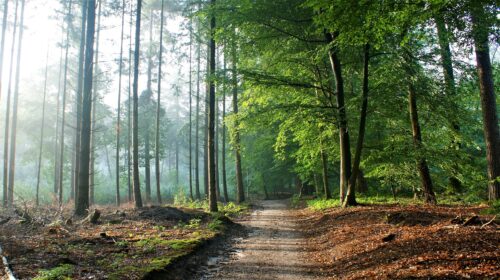
Where are we going?
As is the circularity of life, I find myself returning to where this retrospective started – the Flow Country. We are currently in the middle of a debate about pushing commercial woodland boundaries back from the edge of key areas for wading birds. This is an on-going debate whose resolution will require compromise on all sides. In all of this, I take the word ‘compromise’ as a positive outcome for without it few, if any, new woodland creation projects would proceed. However, it cannot be a one-sided compromise – all sides need to flex. We also need to work with the truism that whatever we do, in whatever field, it will have an impact. Our choice is to select the least impactful option.
My hope for the future of the industry is that the wider public has a better understanding and buy-in of its value at a time when our options for addressing climate emergency are diminishing day by day. We once turned something green and sustainable into the enemy of nature conservation. We should remain alert we do not return to those days, especially at a time of high risk when we are busy delivering woodland expansion on a scale we have not seen in a generation.
If I have learned anything it is that there is no stasis, situations change, people change: we can learn from our shared history but not be imprisoned by it and quite clearly “the past is a foreign land; they do things differently there”.
Broadleaved Woodlands
by Rob Coltman, Forest Manager, Tilhill and now Woodland Officer at the Forestry Commission
I agree with John Gallacher’s observation that now is a timely moment for reflection. I will respond to his past, present, and future assessment of conifer woodland ecology with thoughts from my own area of experience – lowland broadleaved forests.
My work has predominantly kept me in the woods of Surrey, Sussex, and Kent – the most densely forested part of England. The chestnut and hornbeam copses of this part of the UK are a long way from the Sitka forests of the north and west. However, there are similarities between the two and the histories and futures of lowland and upland forests are inextricably linked by people and the wildlife that exists there.
Where have we been?
Lowland broadleaf woodlands in the UK are typically composed of native trees, with some ‘honorary’ species sneaking in along the way (depending on your definition of ‘native’). A significant proportion of broadleaved forests are classed as Ancient Semi-Natural Woodlands (ASNW): forests that have been in existence for over 400 years. These forests share a connection with the diversity of the old wildwood that once spread across Britain after the last Ice Age and can harbour ecological remnants of those times. Usually, plant assemblages are used to define a woodland as ASNW – with ancient woodland indicator species such as Bluebells, Herb Paris or Wild Service tree providing a window to the past. Historic biodiversity can be observed across the biological spectrum with ASNW housing unique fungal, bryophyte or invertebrate communities. A diversity of species which provides the conditions for larger species to thrive – mammals, birds, and reptiles.
Around eight thousand years ago, large animals roamed the wooded landscape: Aurochs (ancestors of our modern cow), Bison, Wolf, Lynx and Brown Bear. Steadily, over the centuries, these species were hunted to extinction. But something interesting also happened: people began to manage the woods. UK forests have now been managed by humans for well over two thousand years through practices of coppicing and pollarding to sustainably produce food, timber, and feed for domesticated animals. The longstanding silvicultural system of coppicing is still alive and profitable in the Sweet Chestnut woods of Southern England, thousands of years on.
At the other end of the spectrum, the upland conifer forests of the UK are typically much younger. Many conifer woods were often initially designed and planted by people within the last century with the aim of producing timber in a time of post-war scarcity. Native woodlands had been pillaged of wood for the war effort, meaning the UK rapidly needed a timber supply to rebuild. Non-native species were chosen from the New World, alongside the native Scots pine to rapidly produce timber. When conifer woods were first established, wildlife was not at the forefront of the fiscal and policy frameworks of the time. However, often the wildlife came to the conifer woods of its own accord, adapting to the novel forests and providing homes to species sometimes struggling to get by in the increasingly dwindling broadleaved forests of the lowlands.
Where are we now?
Presently, broadleaved woodland makes up half of the UK forest cover. These woodlands are widely and rightly praised for their role in providing havens for wildlife and invaluable carbon storage and sequestration services. Passion for trees is high in the UK and that fervour has encouraged a lot of broadleaved planting over the years – enhanced by the Broadleaf Policy and small-level financial planting support from the Government. ASNW, and newer broadleaf woodland, are no longer home to ancient Auroch or Bison, but they do still house a rich array of iconic species such as Hazel Dormouse, Bechstein’s and Barbastelle bats, and Nightingales all call lowland broadleaved woodlands home.
There are, however, a number of iconic UK species that will gladly live in both conifer and broadleaved forests. Badger, Pine marten, Fox and Stoat will live in upland conifer woodlands. Natterer’s bat will live in conifer plantations, as will Nightjars, especially in areas of restock. Deer seem to get everywhere (for better or worse) and the Red Squirrel does exceptionally well in some areas of conifer forest – far from the grey squirrel territory further south in the UK.
Where are we going?
Human management of lowland forests has in many ways mimicked the landscape created by extinct land mammals. Large animals can disturb woody vegetation, forming breaks in the woods and providing a patchwork environment. This creates diverse conditions for a range of species to thrive. Well considered coppicing and thinning of broadleaved woods can mimic this effect, providing ecologically beneficial disturbance whilst producing timber income. This can also be the case in conifer forests with their cycle of clearfell and restock.
The problem, in an ecological sense, with many lowland broadleaved woods is that they have fallen out of active management. They are often smaller than their conifer counterparts, slower growing, or are in difficult-to-harvest locations. However, these challenges are being met by a dynamic forest industry. Innovative harvesting practices are allowing access to burgeoning biomass markets. Brash, that was previously burned onsite, is increasingly harvested as an additional product, reducing forest fire risk and the impact on ancient soil ecology. Firewood markets continue to support foresters with continuing demand for locally sourced wood. Demand for larger diameter broadleaf timber remains high, with oak as popular as it ever has been as well as various other native species.
The aforementioned passion for trees in the UK could currently be at an all-time high. This has been identified and leapt upon by political forces with all sorts of promises of tree planting numbers. I fully support this and feel lucky to be part of the industry at this time to facilitate this positive landscape improvement. The key will be not simply to plant, but to grow. We must tend new conifer and broadleaved forests wherever they are established so they become the best they can possibly be. With proper and considered management, our new and existing woodland resource will be an invaluable asset to wildlife and people alike – as in the past and moving forwards into the future.
Productive Forests & Woodlands
Productive forests are becoming increasingly important to us as the need to reduce our timber imports and produce home-grown timber steadily becomes more urgent. However, the process for creating forests to supply the next generations’ timber needs continually seems to face push back from the public, whether it be at the land purchase or harvesting stages.
To highlight how vitally important productive forests are to the UK and our environment, Tilhill is launching a series of myth busting informative pieces, infographics, and other resources to help enable people to see and understand the whole picture and see our productive conifer forests in a new light.
